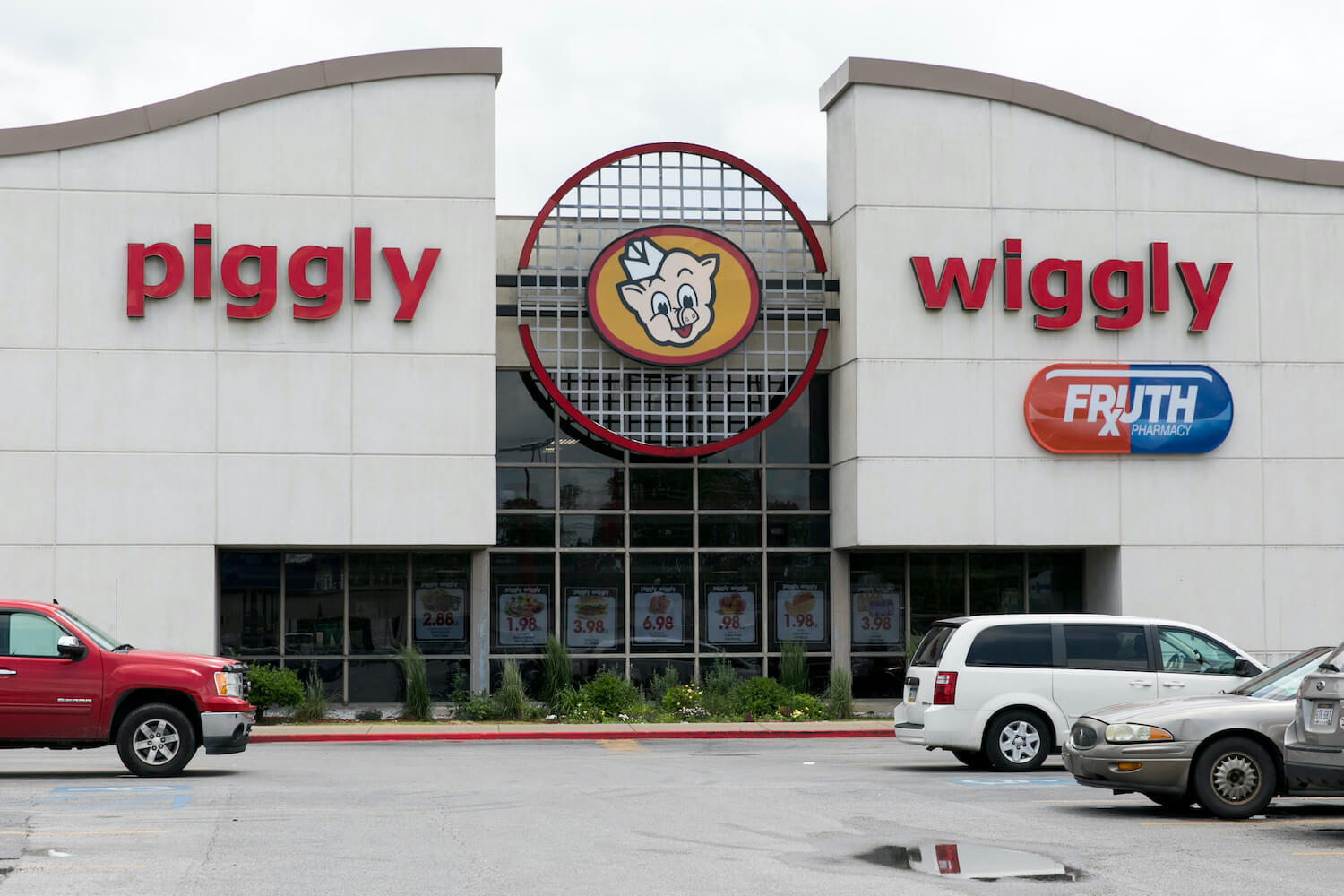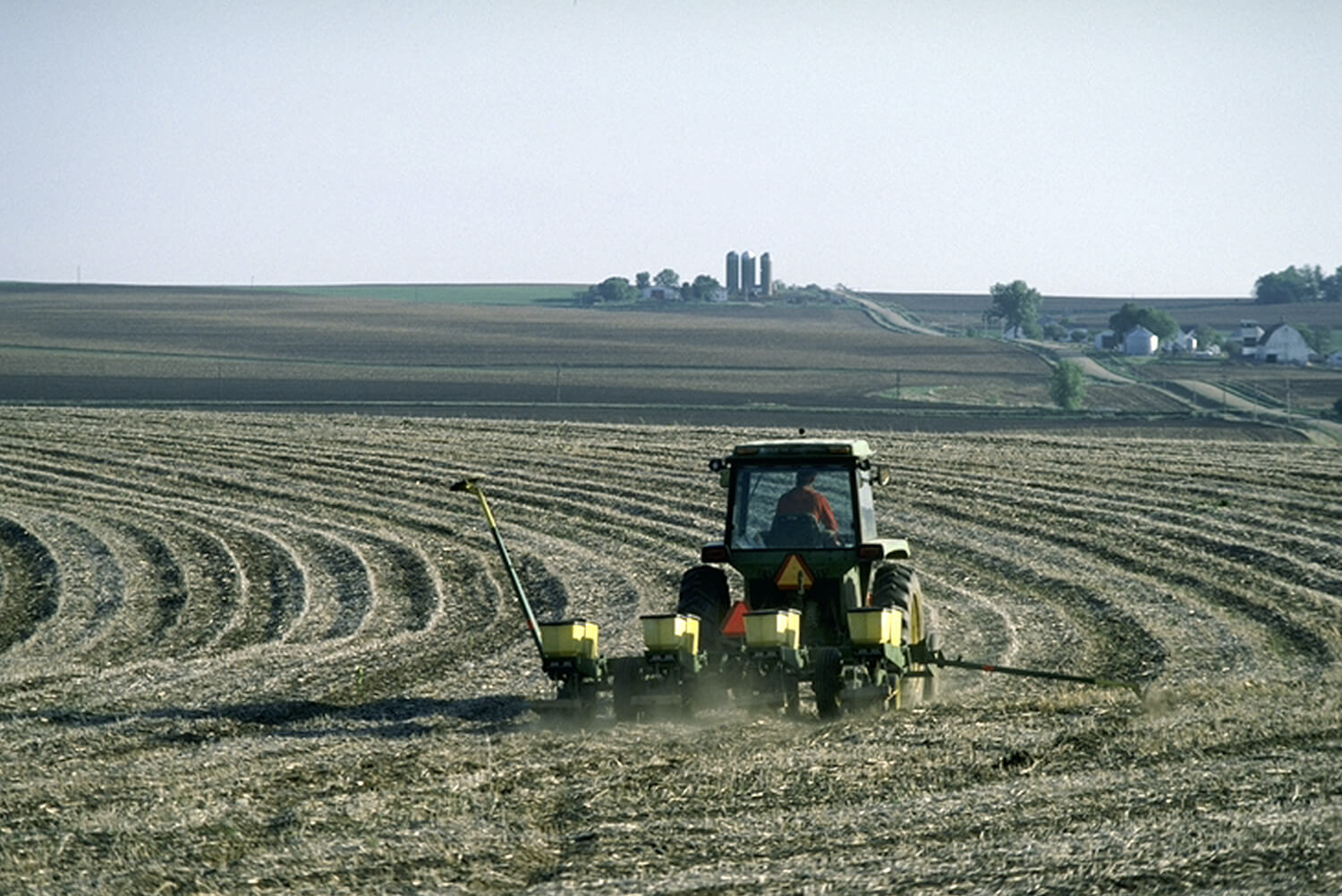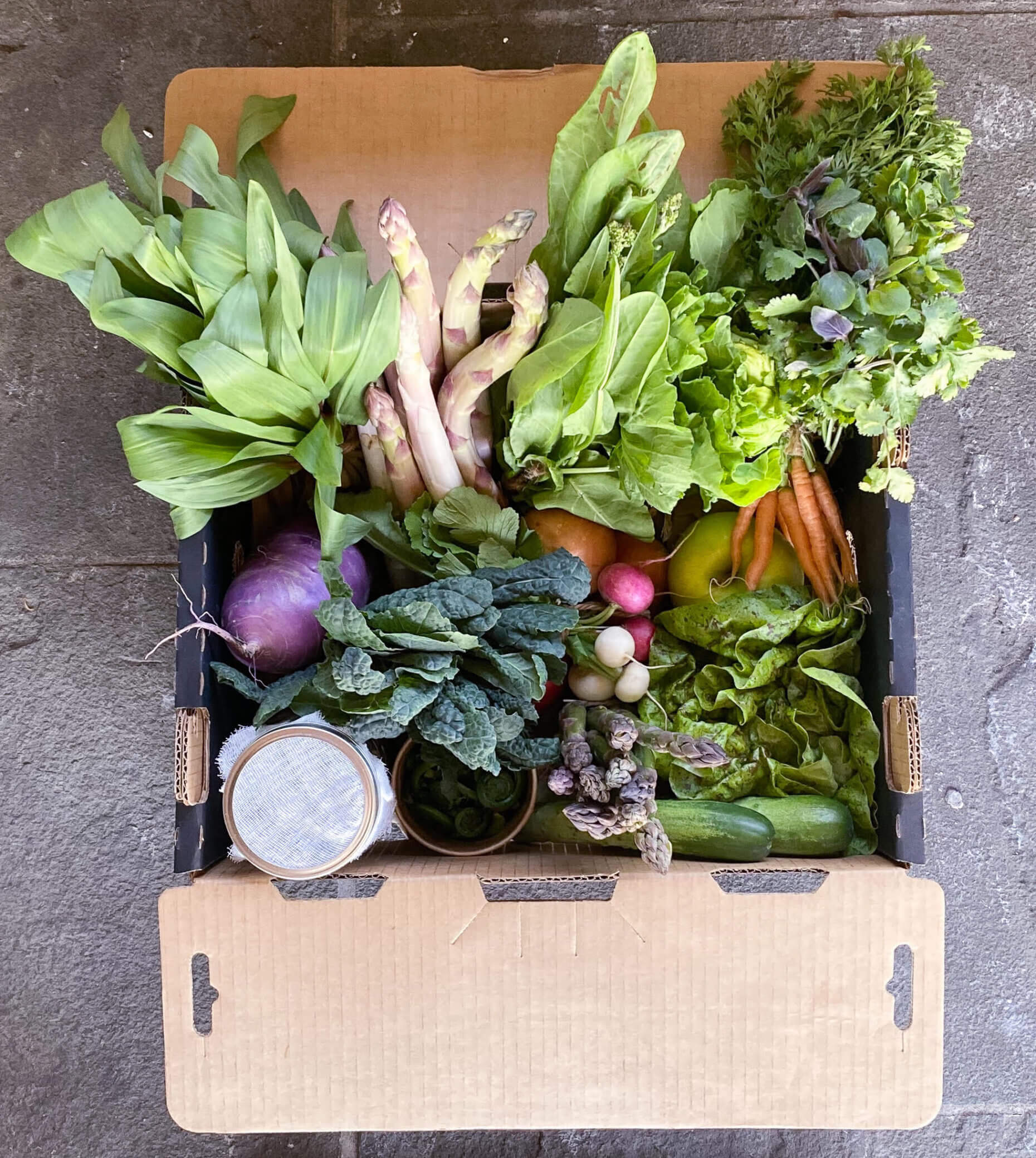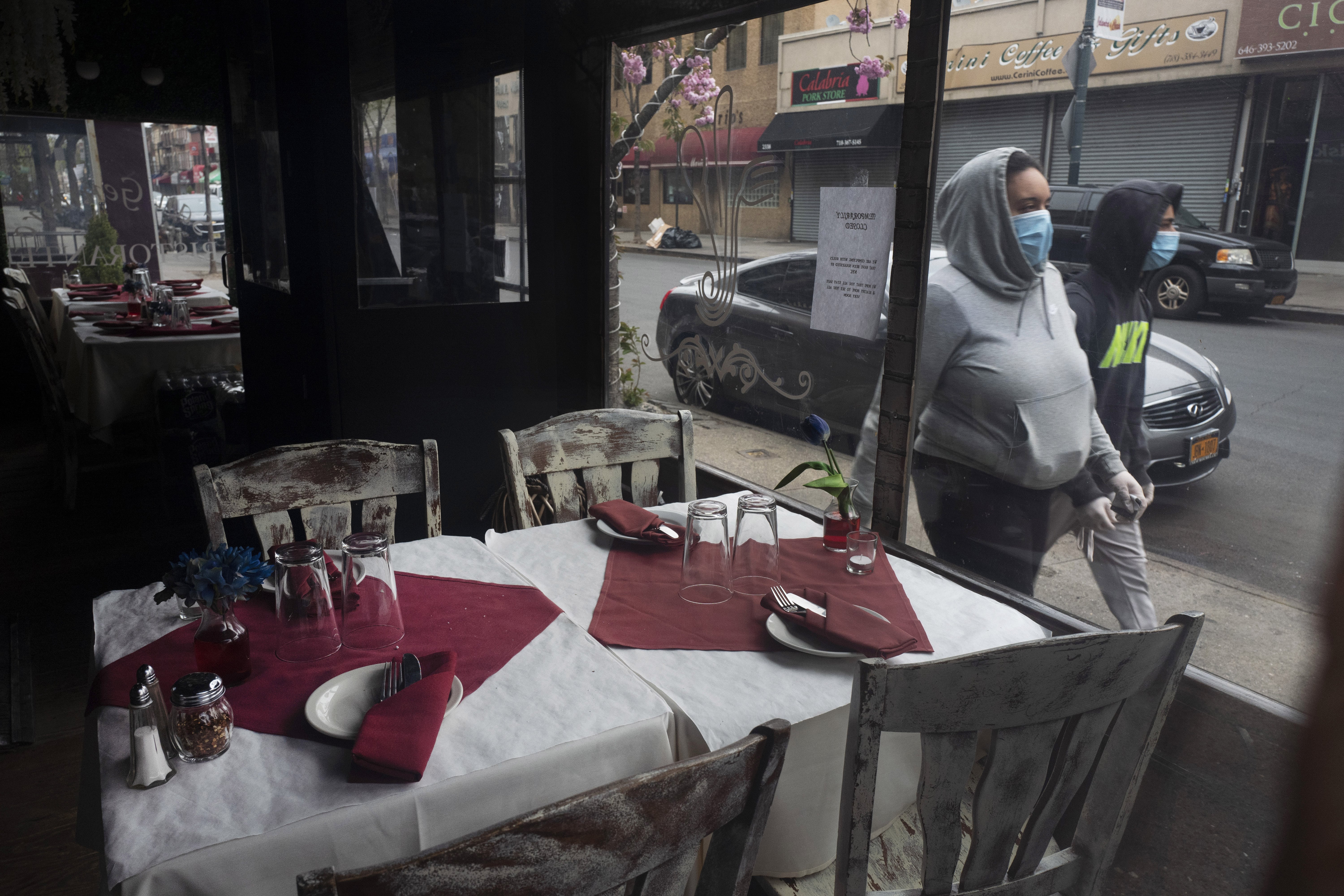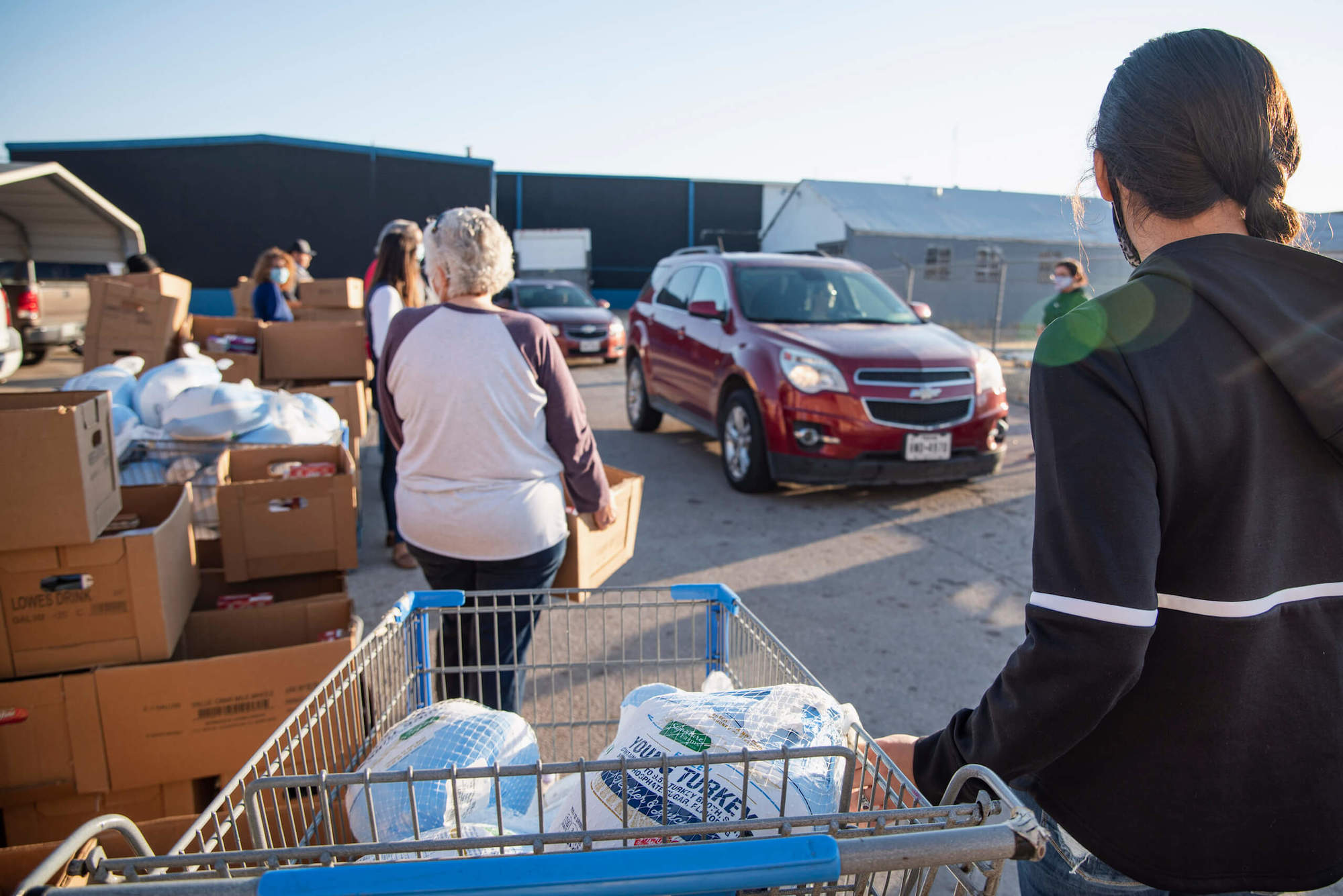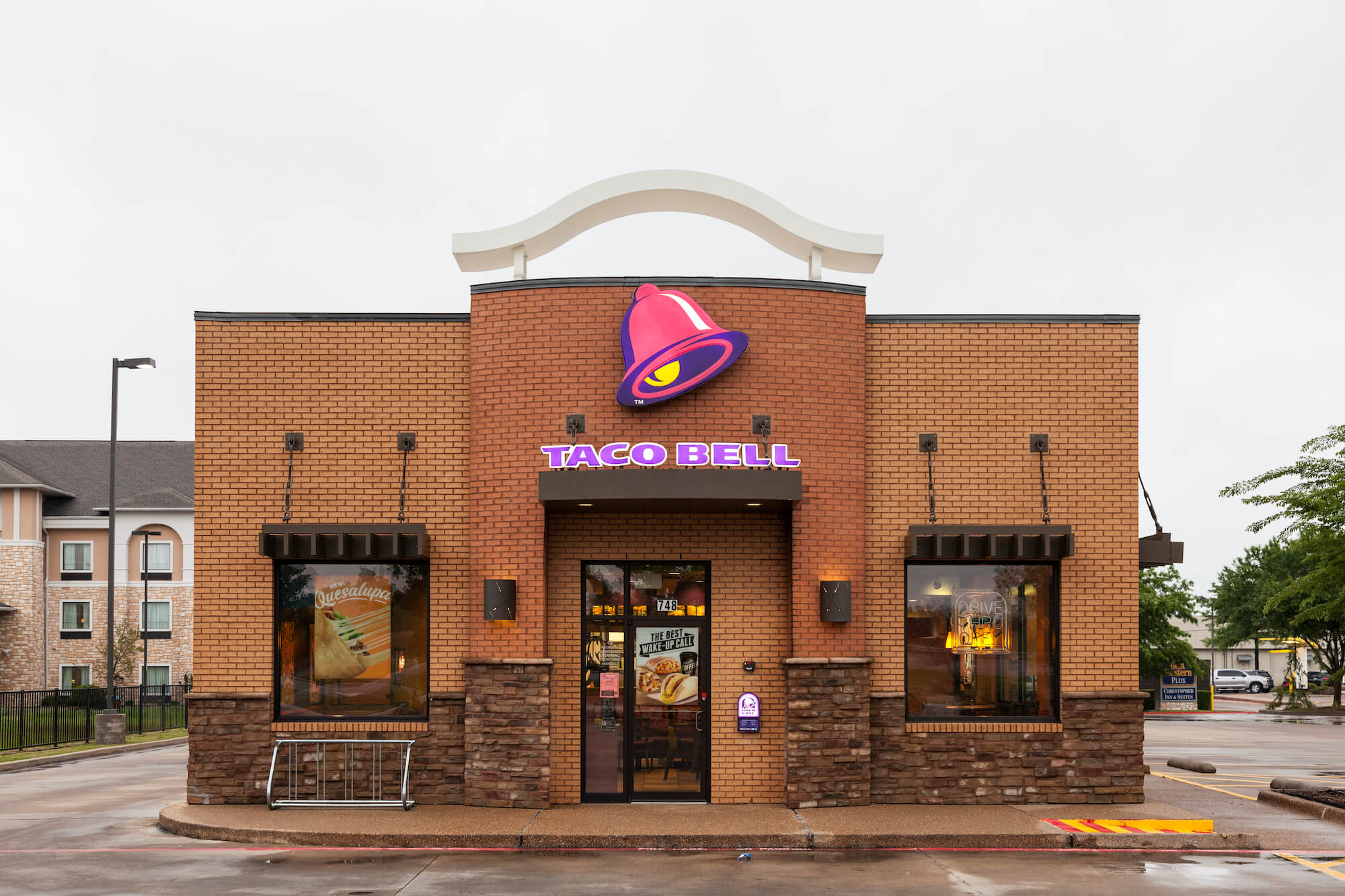
iStock / typhoonski
Franchisees with hundreds of restaurants flew under the radar, in one case collecting $60 million in PPP loans.
Relief grants meant to buoy small businesses at the onset of the pandemic were largely absorbed by some of the nation’s biggest franchises, The Counter found in an analysis of new Paycheck Protection Program (PPP) data released by the Small Business Administration (SBA) last week. The Counter also found multiple instances where conglomerates appeared to bypass the $10 million cap on loans through the use of subsidiaries.
To conduct our analysis, we examined the recipients of 378 PPP loans larger than $3 million in the fast-food and fast-casual restaurant sector. At first glance, the vast majority were not easily recognizable by name. However, a deeper dive into each business revealed that virtually every top recipient was a company that owns and operates franchises of the country’s most lucrative chains. Those that received the maximum loan amount include a Taco Bell operator headquartered in Minnesota; a Wendy’s franchisee in San Antonio; a group with more than 200 Pizza Huts in California; and a McDonald’s franchisee in Tampa, among others. All of these are a far cry from the types of small businesses the program was intended to support.
Well-resourced and centrally organized, fast-food chains have largely rebounded since the pandemic began. Smaller restaurants have not shared in that success.
The franchisees in our analysis received more than $1 billion total in PPP loans. However, they represent only a fraction of total relief: 255,050 restaurants borrowed a total of $30 billion through the program. Our analysis found that a quarter of the money went to just 1 percent of recipients.
The Paycheck Protection Program—which disbursed a total of $660 billion—was designed for small businesses, defined by SBA as those having fewer than 500 employees. The terms of the loans are extremely favorable: Companies don’t have to pay back the money if they spend it on qualified expenses like payroll and rent, and even if the loans aren’t forgiven, the interest rate is 1 percent. Many PPP recipients began applying for forgiveness as early as in October.
Perhaps sensing a lifeline, the National Restaurant Association in the spring lobbied for the inclusion of chain restaurants and their franchisees. A loophole was born: Chain restaurants and hotels were eligible for the Paycheck Protection Program as long as they didn’t employ more than 500 people at any one location.
Restaurants were quick to take advantage of the multiple-location provision: In April, news outlets reported that Shake Shack, which employs thousands of people, received a $10 million loan. (The company returned the money following a public outcry.)
Franchisees of large chains like Wendy’s and Taco Bell flocked to the program, too. These restaurants are typically run by third-party hospitality companies, which in turn pay various fees and a cut of revenue to use a corporation’s name, menus, suppliers, and marketing. And because fast-food chains often lease their stores to franchisees, it’s possible the loan money made its way directly into the corporate coffers in the form of rent payments—payments that were later eligible for forgiveness.
“I feel like the government only really recognized big businesses, big restaurant chains, the franchises.”
Well-resourced and centrally organized, fast-food chains have largely rebounded since the pandemic began. Smaller restaurants have not shared in that success. One recent analysis by New Jersey-based Kalinowski Equity Research found that independent restaurants are closing at a significantly higher rate than chains. And while PPP support is certainly not the only factor determining a restaurant’s success or failure in this very difficult year, the unevenness of the loan distribution highlights how the lobbyist-backed carveout tilted restaurant relief efforts in favor of the biggest players.
[Subscribe to our 2x-weekly newsletter and never miss a story.]
“I feel like the government only really recognized big businesses, big restaurant chains, the franchises,” said Amanda Cohen, a leader of the Independent Restaurant Coalition and owner of Dirt Candy in New York. “That’s who everybody felt like had the voice in Washington and was able to sort of put themselves forward.”
Lawmakers are currently considering a bipartisan coronavirus “compromise” relief bill that would replenish PPP funds by $288 billion. Advocates for independent restaurants fear that unless Congress closes the chain restaurant loophole, any new funding purportedly for small businesses will continue to exclude them.
The billion-dollar conglomerate with $60 million in PPP loans
The Dhanani Group, headquartered in Sugar Land, Texas, is a “billion-dollar, mega-successful” franchising operation run by the eponymous family, according to Multi-Unit Franchisee Magazine. In 2019, The Houston Chronicle reported that the company owns 510 Burger Kings, 290 Popeyes Fried Chicken restaurants, and others totaling 1,100 individual locations, with revenues topping $2 billion a year.
The Chronicle reported that the privately-held company is divided into subsidiaries, with a family member running each. Perhaps that’s why companies sharing a business address with the Dhanani Group collected a total of $59.6 million in loans.
The loans include $10 million for Tri City, Inc., and $7.8 million for Northeast Foods, both of which are listed on the Dhanani Group’s website as “satellite office[s].” An additional $10.9 million went to subsidiaries of Haza Foods, which operates Wendy’s franchises, and $9 million went to Houston Foods, which runs Burger Kings. The other loans went to additional businesses affiliated with the same address. (The Dhanani Group did not respond to multiple requests for comment. In addition to the Dhanani Group, The Counter contacted several dozen fast-food franchisees for comment about PPP, but none responded.)
“If you’re an independent small business, you don’t have that ability to find creative ways to get around the rules.”
Though the Dhanani Group received the highest total payments from the data we analyzed, it isn’t the only conglomerate associated with multiple high-dollar loans. Businesses registered to the address of Sun Holdings in Dallas, Texas—the third-largest franchisee in the United States, with more than 1,000 locations of Burger King, Popeyes, Arby’s, and others—were loaned $36.7 million. Four other addresses were associated with loans totaling more than the $10 million program limit. The practice of registering multiple businesses to the same address appears relatively common: 50 addresses were listed as recipients of two or more loans above $2 million.
Though this may not technically violate PPP rules, it strikes some as an unfair workaround that reduces the availability of aid for all other participants.
“If you’re an independent small business, you don’t have that ability to find creative ways to get around the rules,” said Stacy Mitchell, president of the Institute for Local Self-Reliance, an organization that advocates for sustainable community development.
“Setting up a program that is ostensibly for small independent businesses that ultimately doesn’t serve a lot of actual small businesses … does not feel right,” she said.
In response to a request for comment, an SBA spokesperson shared the following statement: “SBA’s historically successful COVID relief loan programs have helped millions of small businesses and tens of millions of American workers when they needed it most.” The spokesperson also referred to a document stating that “all PPP loans are subject to SBA review and all loans over $2 million will automatically be reviewed.”
Ronald McDonald, landlord
One could argue that there’s little harm in offering forgivable loans to multibillion dollar conglomerates as long as they continue to employ people throughout a pandemic (stingy or nonexistent sick leave policies, notwithstanding). But the picture gets cloudier if some of that no-strings-attached money could have been siphoned directly into McDonald’s or Wendy’s corporate offices in the form of rent payments.
Initially, PPP recipients were required to spend 75 percent of their loans on payroll in order to qualify for forgiveness. They were free to use the rest of the money for qualified expenses like rent and utilities. Congress later loosened those restrictions, allowing up to 40 percent of loan money to be used for nonpayroll expenses.
“The dollars that you spend at a local restaurant—a significant share of that is being re-spent within your local economy.”
That means some of that forgivable loan money may have gone directly to fast-food companies that own their stores and lease the property to franchisees. An SBA spokesperson confirmed in an emailed statement “franchise owners claiming rent” may qualify for PPP forgiveness. The spokesperson also said that borrowers are required to “self-certify” their loan eligibility, a process that relies on “a good faith certification that the borrower has economic need.”
To be clear, there is no data indicating how much PPP money might have been paid in rent to fast-food corporations. And in response to a detailed list of questions, McDonald’s neither confirmed nor denied it had been the indirect recipient of PPP money via rent payments. Wendy’s also did not respond to questions about the practice by press time.
Still, this is important because fast-food brands make a lot of their money as landlords. As Quartz explained in 2017, McDonald’s often buys the physical properties of its outlets and rents the land to franchisees, who in turn pay a substantial percentage of their sales to the corporation. McDonald’s owns an estimated $30 billion in real estate and collected $6.5 billion in rent in 2017, the last time it disclosed the number.
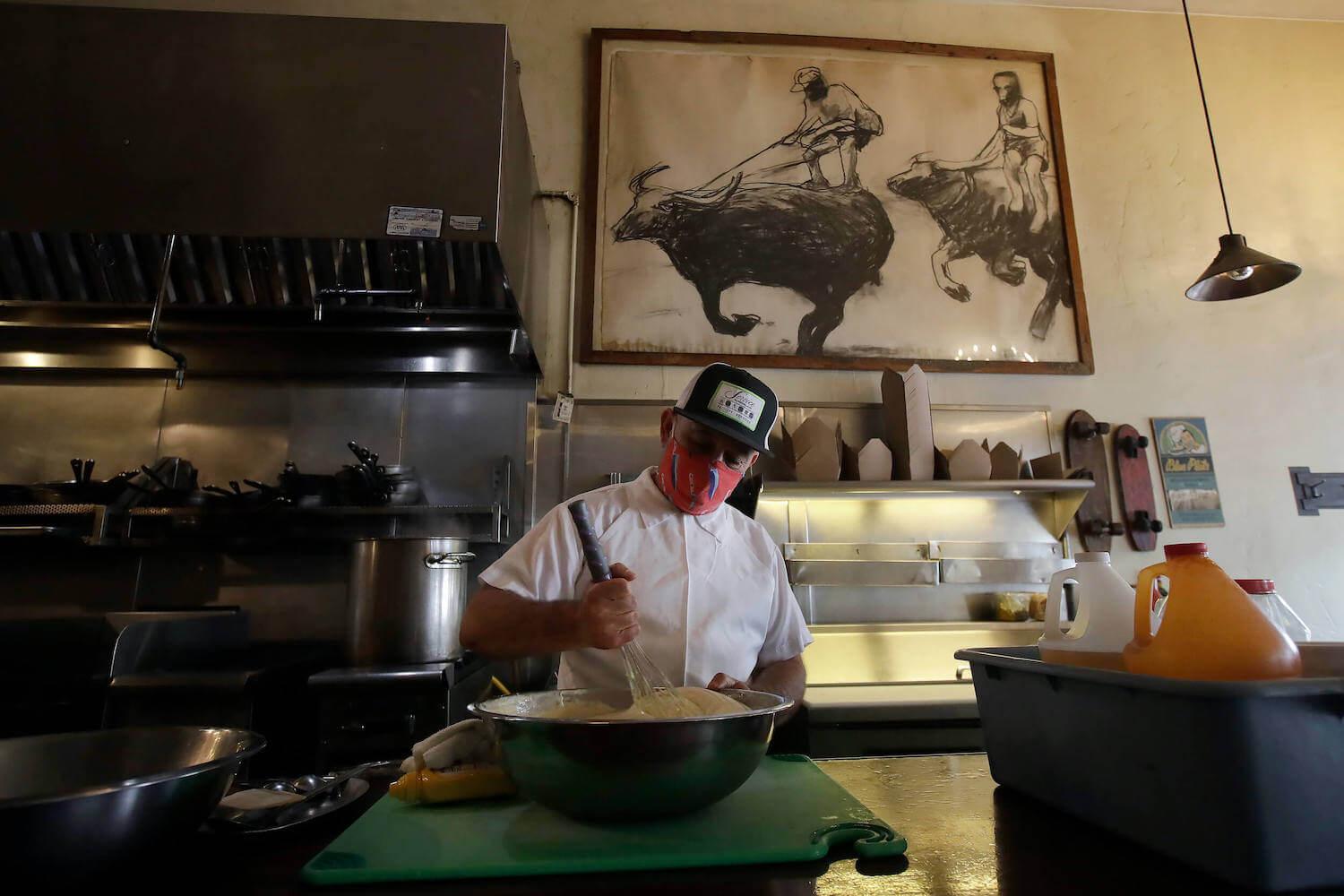
Cory Obenour, chef and owner of Blue Plate in San Francisco, said funds received from the Paycheck Protection Program (PPP) loan will give him time to consider how his restaurant can continue to operate before a sharp payback period.
AP Photo/Jeff Chiu
Even if sales drop precipitously—as in, say, a pandemic—McDonald’s includes a minimum rent clause in its contracts with franchisees. According to a 2019 financial disclosure, even if every single franchise in the United States paid the minimum rent throughout 2020, the company would collect $2.7 billion in payments. (The company’s own rent obligations were far lower.) McDonald’s has reportedly refused to give its franchisees rent breaks throughout the pandemic, though it has allowed some deferrals.
Perhaps rental income is part of the reason why McDonald’s has been such a vocal supporter of another round of stimulus money: Because 40 percent of the loans could be used for expenses like utilities and rent, franchisees could have spent significant amounts of their PPP money to pay rent to McDonald’s.
McDonald’s is far from the only fast-food chain that makes a substantial amount of money on rental income. In 2019, Wendy’s reported $233 million in rental payments, accounting for about 14 percent of its total income. Restaurant Brands International, the parent company of Burger King and Tim Horton’s, a Canadian-American coffeeshop chain, reported more than $800 million in property revenues last year.
For some, the flow of PPP money to national fast-food chains feels like a missed opportunity to circulate money within local economies during the pandemic. While franchise owners might live and hire within the same communities as their stores, the franchising model typically siphons a significant cut of revenue over to national offices, which dictate the terms of operations including sourcing and marketing.
“[Without equitable aid], we lose communities, we end up with ‘mono-communities’—one type of restaurant, with one type of food.”
“The dollars that you spend at a local restaurant—a significant share of that is being re-spent within your local economy,” Mitchell said. “That’s not true of a national restaurant chain … for the most part, the dollars leave.”
As the pandemic drags on, this could have a devastating effect on the kinds of restaurants that can make it out of the crisis intact.
“[Without equitable aid], we lose communities, we end up with ‘mono-communities’—one type of restaurant, with one type of food,” Cohen said. “If only franchises survive then we lose generations of creativity and hard work and everything that sort of makes a city exciting. There’s nothing wrong with a McDonald’s, but there is something wrong if the only restaurant that exists is something like McDonald’s.”
“The whole system was broken from the beginning”
Lawmakers from both parties have taken issue with the distribution of PPP loans, pointing out that it left too many empty-handed and that its execution lacked transparency. (To conduct this analysis, The Counter used data that SBA released only after being sued by a group of media outlets.)
But the most intense scrutiny so far has been related to just how much the small-business aid helped actual small businesses. When the program was first launched in April, there was widespread confusion and outcry over the participation of large, publicly traded corporations.
“There have been some people, some companies approved that I believe should not have been under the intent of the law,” Sen. Marco Rubio (R-Florida), who spearheaded the program, told CNBC in April.
Far less attention, however, has been paid to the piecemeal way that PPP money may have been funneled upward into coffers of the largest fast-food companies through their thousands of franchisees, without those companies ever having to lift a finger themselves. These patterns illustrate a stark disparity between the kinds of business models in the restaurant sector that can expect economic reinforcement during a crisis, and those for whom aid is inaccessible.
“There have been some people, some companies approved that I believe should not have been under the intent of the law.”
So what would more equitable aid for restaurants look like? It depends on who you ask.
Lawmakers in June introduced two versions of a bill called the Real Economic Support That Acknowledges Unique Restaurant Assistance Needed To Survive Act (RESTAURANTS Act), which would designate $120 billion in relief specifically to restaurants. In order to qualify, participants would have to operate 20 or fewer locations—a measure undoubtedly meant to circumvent larger restaurant chains from splitting the pot.
But there’s a devil in the details here: While the Senate version excludes any company that owns or operates more than 20 locations, the House version goes one step further to explicitly disqualify any company that is “part of a chain or franchise … regardless of the type of ownership of the locations.” This would shut out nearly all of the top PPP recipients we identified in our analysis.

For that reason, it might not come as a surprise that the National Restaurant Association, which lobbied for the original PPP loophole permitting chain restaurants to participate, appears to support only the Senate version of the proposal.
However, without the House’s added safeguard, it’s possible that the inequities apparent in distribution of PPP aid will simply be replicated in a restaurant-specific program. And as a result, small and independent restaurants—harder hit than bigger and well-resourced corporations that could sustain some losses—could very well find themselves shut out of yet another round of aid.
“The whole system was sort of broken from the beginning,” said Cohen. “Even though it wasn’t necessarily set up to be unfair—in the end, it was.”
Have information about PPP loans and rent payments to fast food companies? We’d like to hear from you—email [email protected] and [email protected], or contact us anonymously here.


